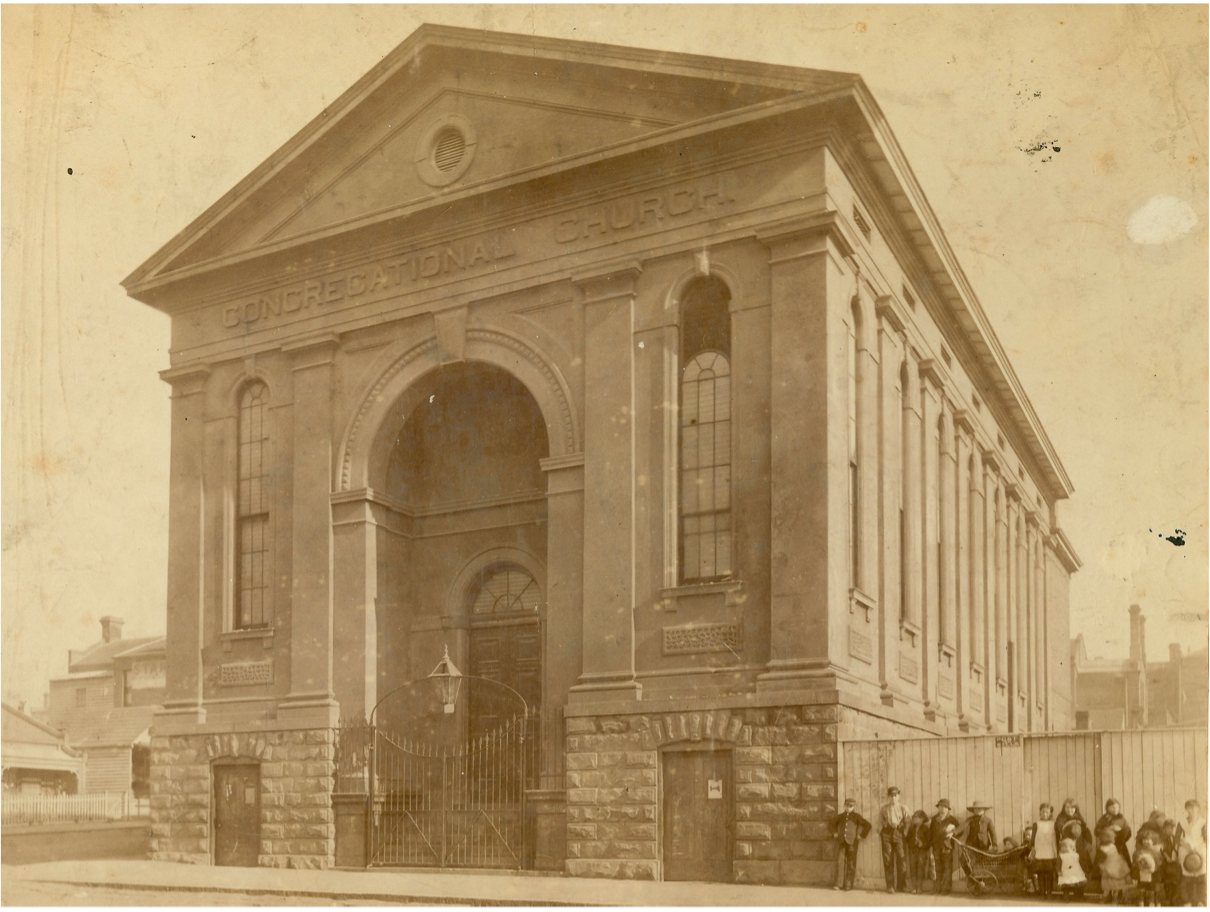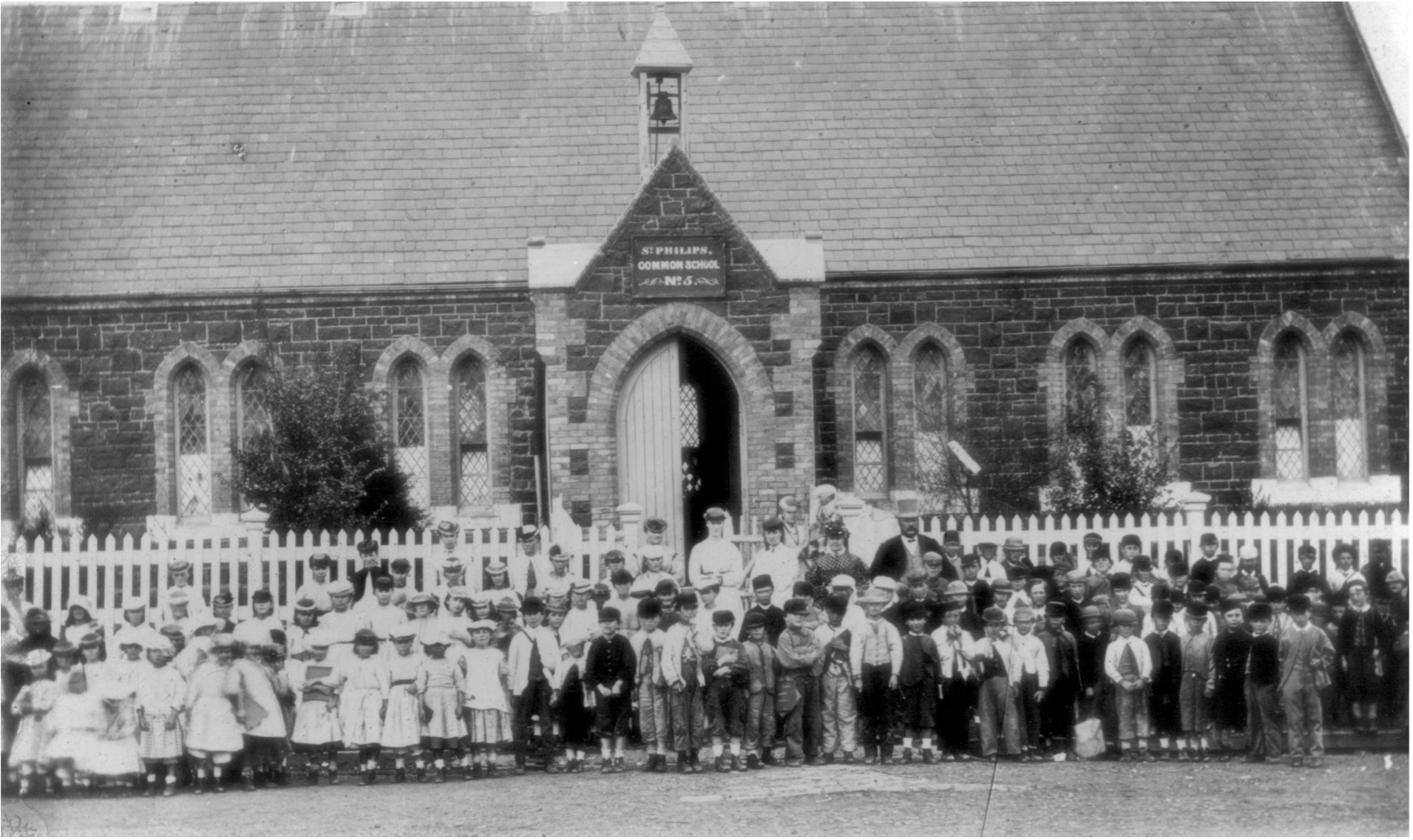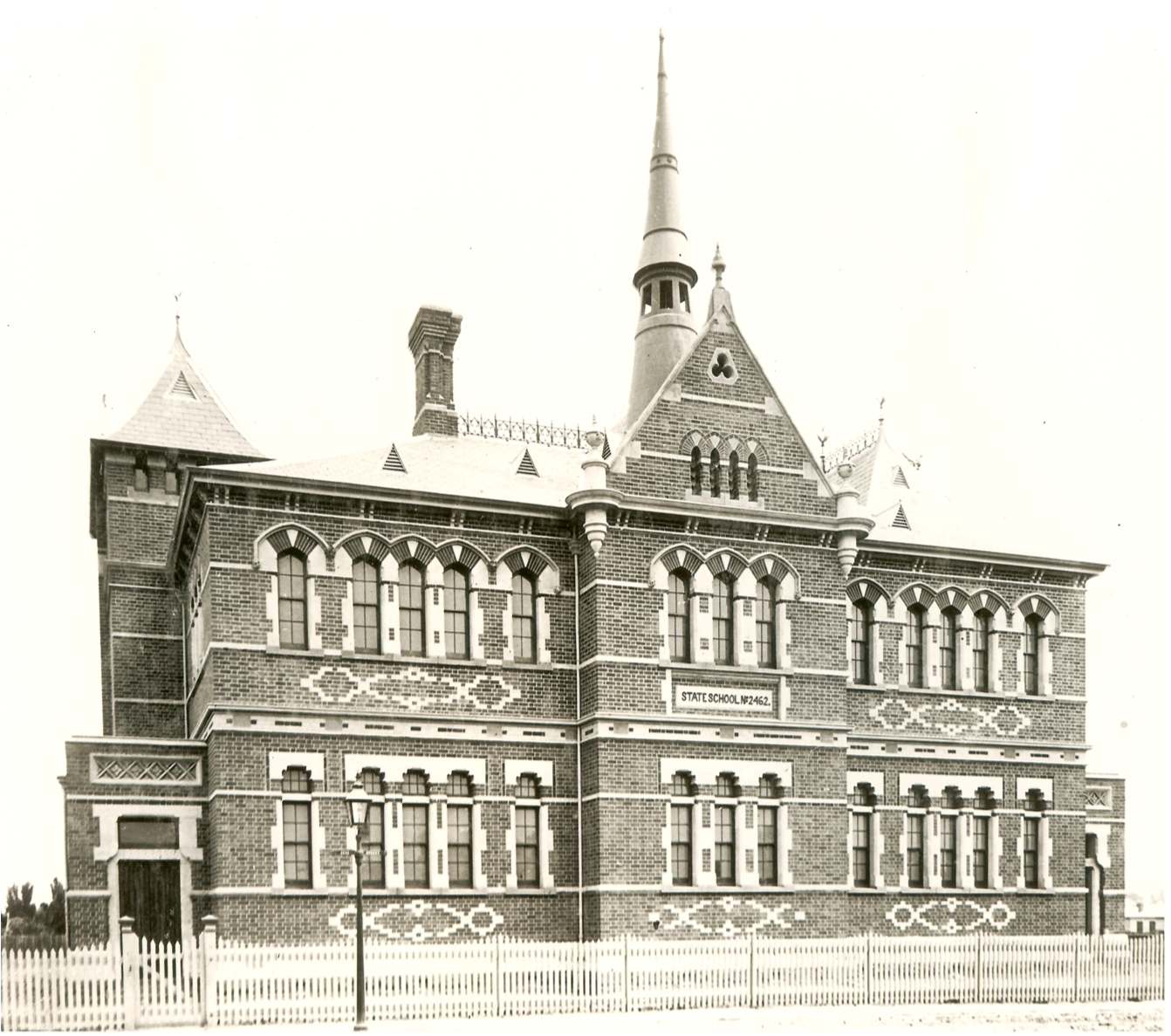Collingwood Notables Database
Emily Christopherson
1816 - 1897
Teacher
After emigrating to farm in New South Wales, followed by a sojourn living in imperial Russia, Emily Christopherson arrived in Melbourne in 1857 and commenced her long career in Collingwood schools. Matriarch of a teaching family, her son John, and her daughters Harriet and Pauline were also Collingwood teachers while her husband Irving taught in East Melbourne.
Emily Hunt was born in Liverpool, England in 1816, and married Irving Christopherson at about the age of 17. They migrated to Australia and by 1834 had settled in the Hunter Valley region of New South Wales where they took up a landholding and were assigned convict workers. Their children Hendrick, John, Harriet, Pauline and Ronald were born in the 1830s and 1840s. In February 1837 Irving was appointed clerk to the Court of Petty Sessions in Scone, a position from which he resigned in June 1840.
In the mid 1840s the family moved to Russia, where, according to Irving, he was employed in the civil service. In 1853 Irving and the two teenaged sons Henry and John returned to Australia (to avoid the boys being conscripted to fight in the Crimean War). Sailing on the Windsor, they landed at Melbourne in December 1853 and set off for the Castlemaine goldfields, while Emily and her daughters Harriet and Pauline remained in St Petersburg for some years.
Mother and daughters finally arrived in Melbourne on the Lobelia in January 1857 and family members wasted no time in finding work as schoolteachers. (Henry, the only odd-one-out in the family of teachers, qualified as a civil and mining engineer , married a Collingwood girl, settled in Clifton Hill and became Engineer-in-Chief of the Victorian Water Supply). Irving obtained the role of head teacher at a Denominational school in East Melbourne with Pauline as an assistant. John and Harriet were appointed assistants to John Broadfoot at the Peel Street (Collingwood) Denominational Board school in January 1857.
In August of the same year a rival school was opened a few doors away, in the lower level of the Oxford Street Independent Chapel. Here Emily was appointed as mistress (girls senior teacher), son John as head teacher, and daughter Harriet as an assistant (later replaced by daughter Pauline). The school soon came under the aegis of the National School Board.
Set in the middle of the densely-settled Collingwood Slope, the Oxford Street school was able to accommodate almost 400 pupils and had the largest enrolment of any school in Collingwood prior to the creation of the large Education Department schools of the 1870s. Unfortunately the space, while extensive, was poorly-lit and cluttered with pillars. As well as the ‘Three Rs’, painting, French and music were taught. The inclusion of French as a teaching subject was facilitated by the family’s Russian experience, where they learnt French as well as Russian. Under Peter the Great and Catherine II, Russia had opened up to Europe and there was considerable French cultural influence. The nobility adopted the French language as the language of everyday conversation and preferred French culture and educational methods.
While a school run by a husband and wife team was not unusual in nineteenth century Collingwood, this mother-son combination was remarkable in both composition and longevity. Emily taught at Oxford Street for 20 years of her career as a schoolteacher, and for the whole period in which this significant early school existed. During this time she also bore the 1858 deaths of her daughter and infant grandson, and that of her husband Irving in 1868.
After the major restructure of the education system following the Education Act of December 1872, large purpose-built new schools were constructed, mostly replacing the plethora of often poorly-housed Common Schools. Oxford Street pupils set off in procession to their new school, Cambridge Street, in August 1877. Emily and John did not follow them, but were re-deployed to the Abbotsford State School in Nicholson Street, where Emily was First Assistant. The Vere Street State School was built in 1882 to replace Abbotsford; John was appointed Head Teacher and was to remain there until just before his retirement in 1893 after 36 and a half years in service. Emily spent a year at Vere Street before retiring on 31 December 1883 at the age of 66.
In 1936 past pupils reminisced about school days. G Frencham wrote:
I would like to add to the number by bringing under notice the Oxford-street … school, Collingwood, where I attended in 1871. The head master was Mr. John Christopherson, assisted by his accomplished mother, who taught the young ladies drawing, fancy work and deportment. Captain Christopherson, as he was then called, was a noted rifle shot, winning many prizes, including the Queen's Prize.
Despite her many years of service, it was rare for Emily to be given a high rating by inspectors, who tended to employ adjectives such as earnest, painstaking, or industrious, but not very efficient. Her needlework , on the other hand, was creditable. Despite these rather dull-sounding reports, Emily’s adventurous spirit, reflected in her migration to New South Wales, her new life in Russia, and re-location to Victoria, had not deserted her. Rather than remain living a quiet widow’s retirement in East Melbourne she had applied for Crown selection licences for parcels of land totalling 320 acres on French Island where she grazed cattle. Her son John was also involved in this venture, and after his retirement took up permanent residence on French Island, where widowed daughter Pauline also joined them. Their residence was named Kareen, after the property she and Irving had worked at Invermein, near Scone, when they first came to Australia. Emily died at the age of 83, her will leaving everything to John, who continued to live at Kareen until his death in 1927.
Vere Street State School
Life Summary
| Birth Date | Birth Place |
|---|---|
| 9 November 1816 | Liverpool, England |
| Spouse Name | Date of Marriage | Children |
|---|---|---|
| Irving Carlyle Christopherson, c 1812 - 1868 | c 1833 | Henry Oscar 1834-1892, John Arnold 1 November 1835 - 1927, Harriet Mary c 1838 - 10 June 1858, Pauline Agnes 2 June 1840 - 1911, Ronald Arthur 1842 – 1842. |
| Home Street | Home City | Status of Building |
|---|---|---|
| Charles Street | Fitzroy | |
| 4 Barkly Terrace, Grey Street | East Melbourne | Demolished |
| Anerley Terrace, 45 Hotham Street | East Melbourne | Extant |
| 40 Ramsden Street | Clifton Hill | Extant |
| Work Street | Work City | Status of Building |
|---|---|---|
| Peel Street | Collingwood | Demolished |
| Oxford Street | Collingwood | Demolished |
| Nicholson Street | Abbotsford | Demolished |
| Vere Street | Collingwood |
| Death Date | Death Place | Cemetery |
|---|---|---|
| 11 December 1897 | Kareen, French Island, Victoria | French Island Cemetery |
Christopherson papers RHSV Box 33-3 MS 19036-19122, Reminiscences of Christopherson family.
Cummings, Bitter roots, sweet fruit ; VPRS 13579/P0001, Teacher Record 508
Trove list: Emily Christopherson, https://trove.nla.gov.au/list/144624
Morning Chronicle (Sydney); The Sydney Herald; The Age; The Argus; South Bourke and Mornington Journal(Richmond); Great Southern Advocate (Korumburra); Weekly Times; Australasian.
VPRS 5357/P0000 3793, 12365/20, Land Selection and Correspondence Files
VPRS 5357/P0000 4266, 284/32, Land Selection and Correspondence Files
CHC PIC 262, Congregational Church c. 1887.
St Philip’s Common School c. 1870. Photographer George Reid.
Vere Street School: https://www.picturevictoria.vic.gov.au/site/yarra_melbourne/Collingwood/9572.html



